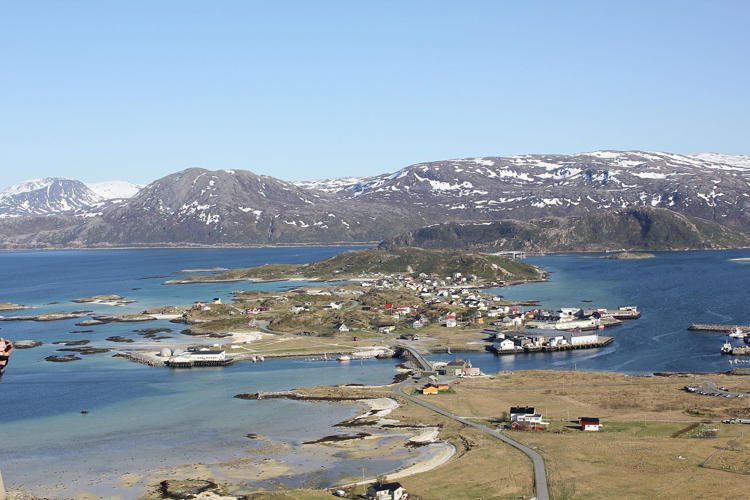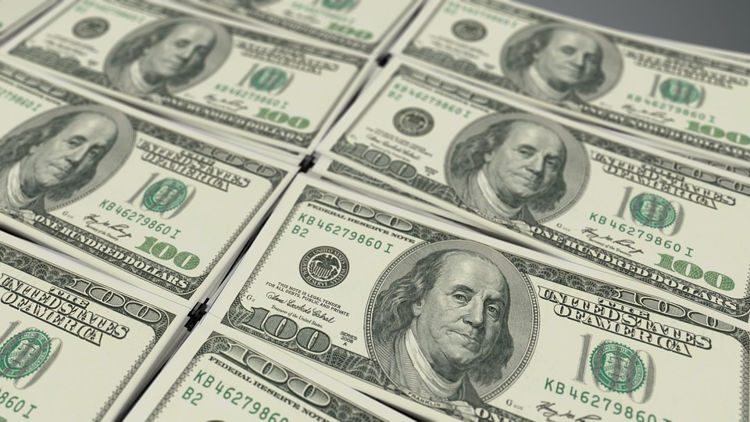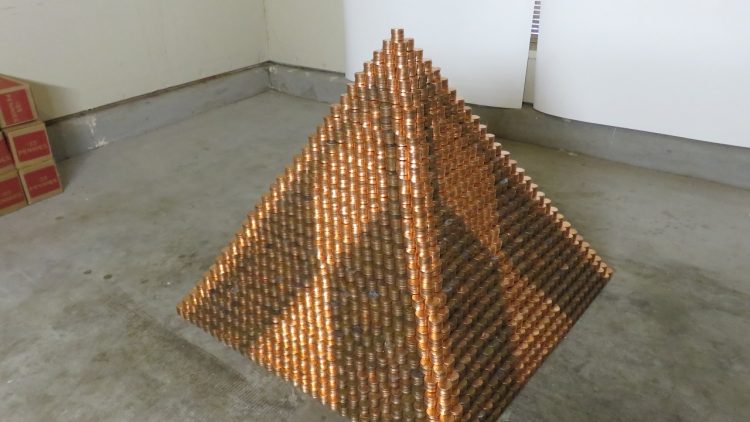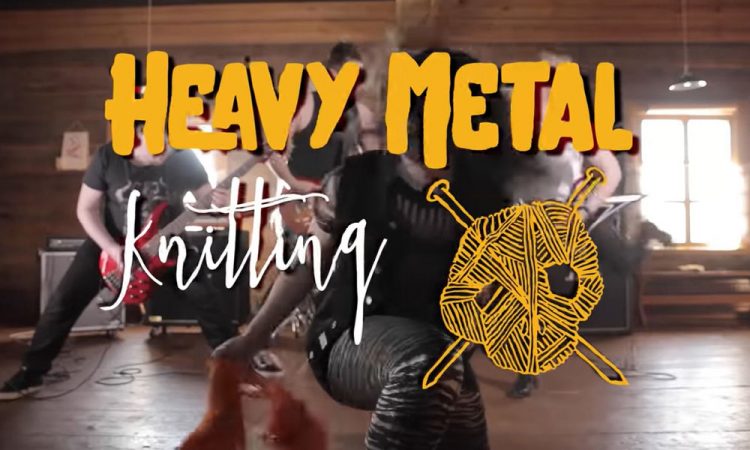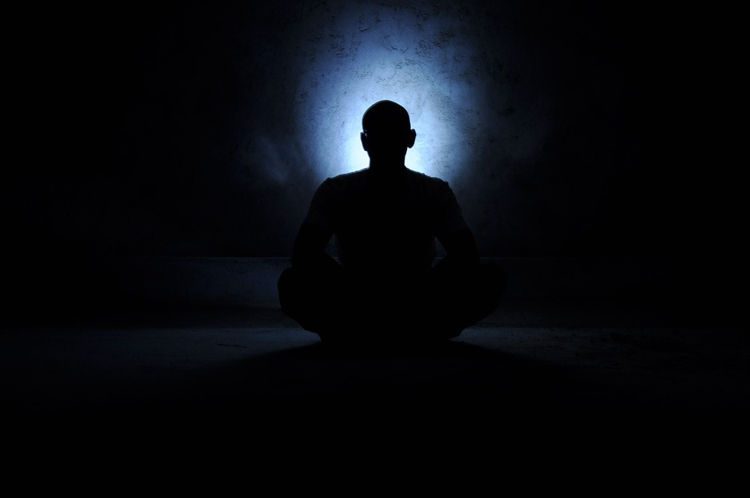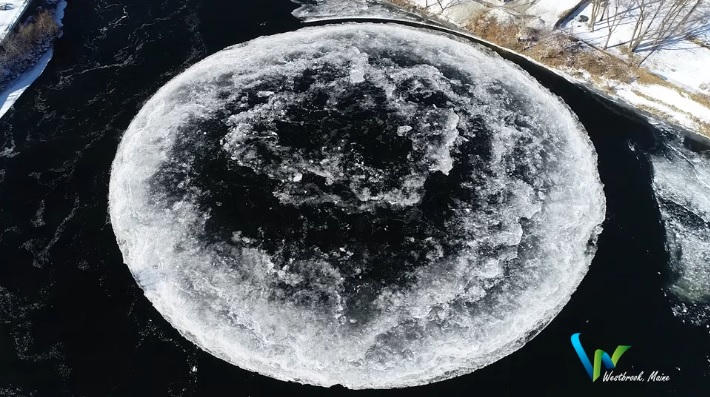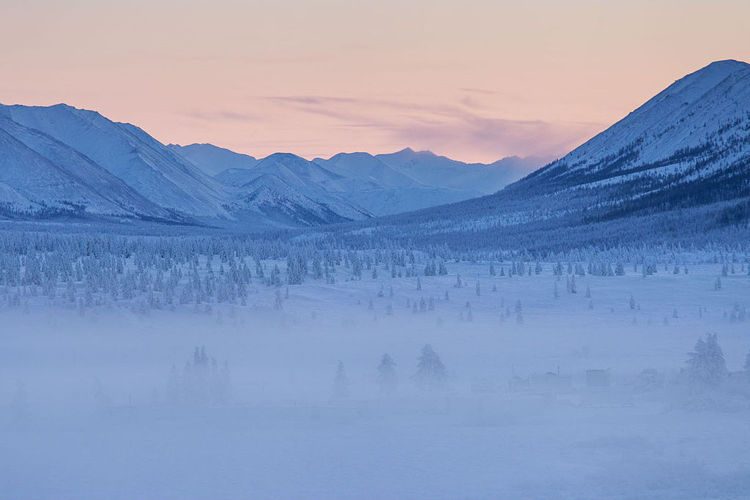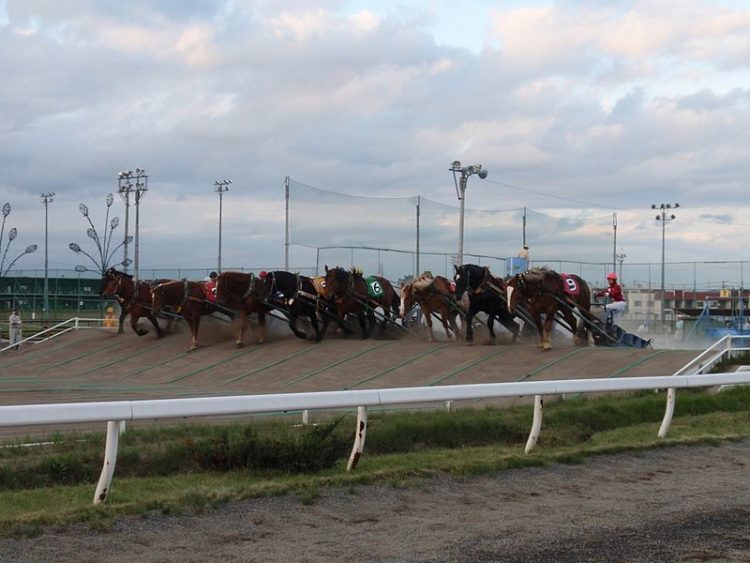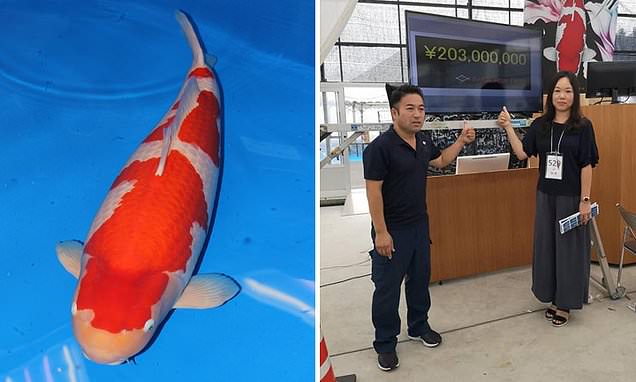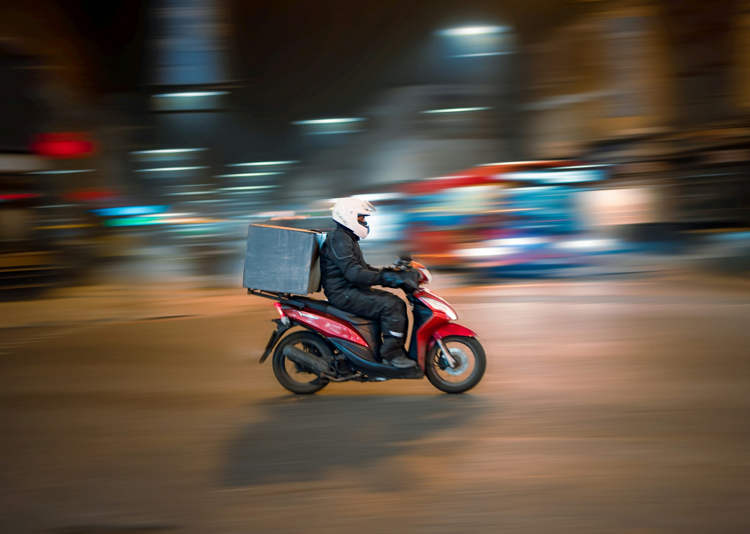The people of Sommarøy, an island in northern Norway where the sun doesn’t set for a full 69 days during the summer, want to make time keeping obsolete making this the world’s first time-free zone.
After enduring the long polar night, when the sun doesn’t rise from November to January, the residents of Sommarøy try to make the most of summer, when the sun stays up in the sky from May 18 to July 26. During this time, conventional timekeeping is virtually ignored, and it’s not uncommon to see people doing all kinds of things at late hours of the “night” – say 3 a.m – like doing house chores, swimming or playing ball in their yards. Since it’s always daylight, everyone sleeps whenever they feel like it. It’s been like this for generations, but now the people of Sommarøy want to officially declare their island a time-free zone.

